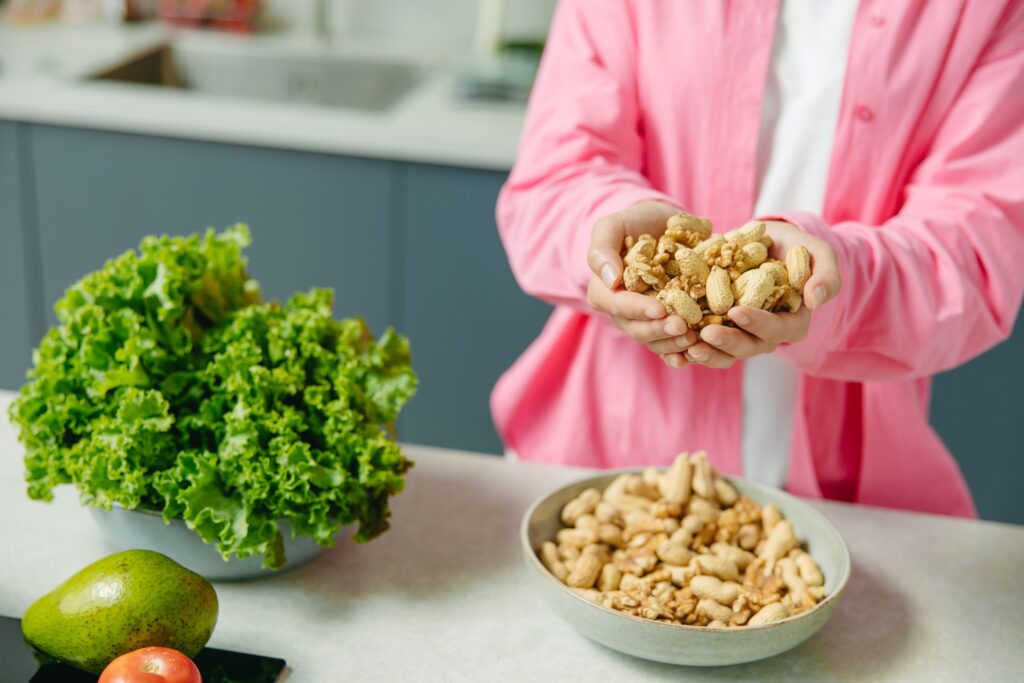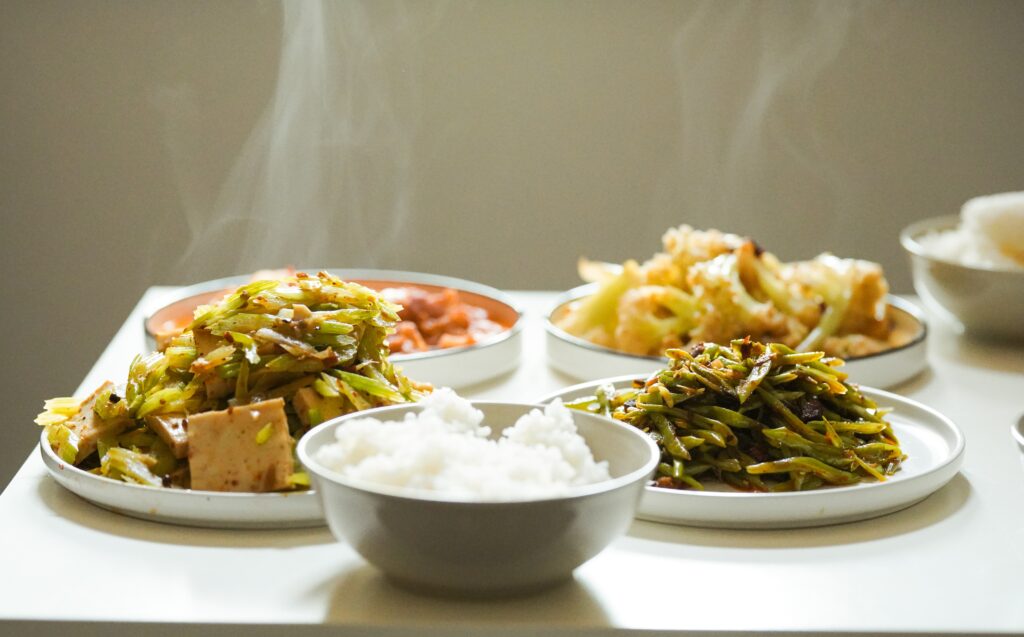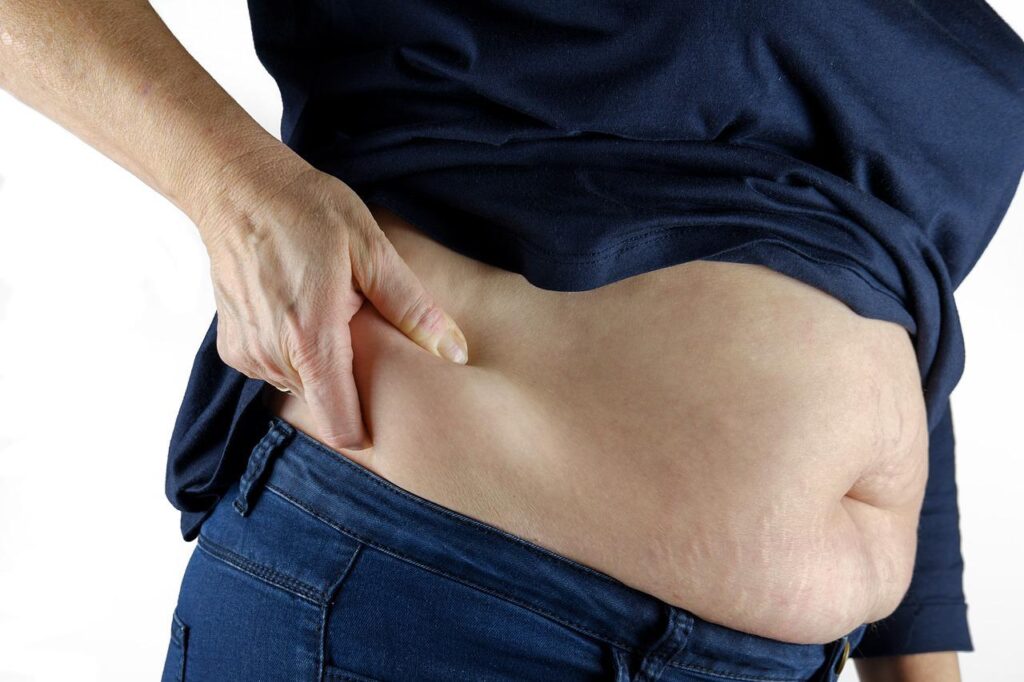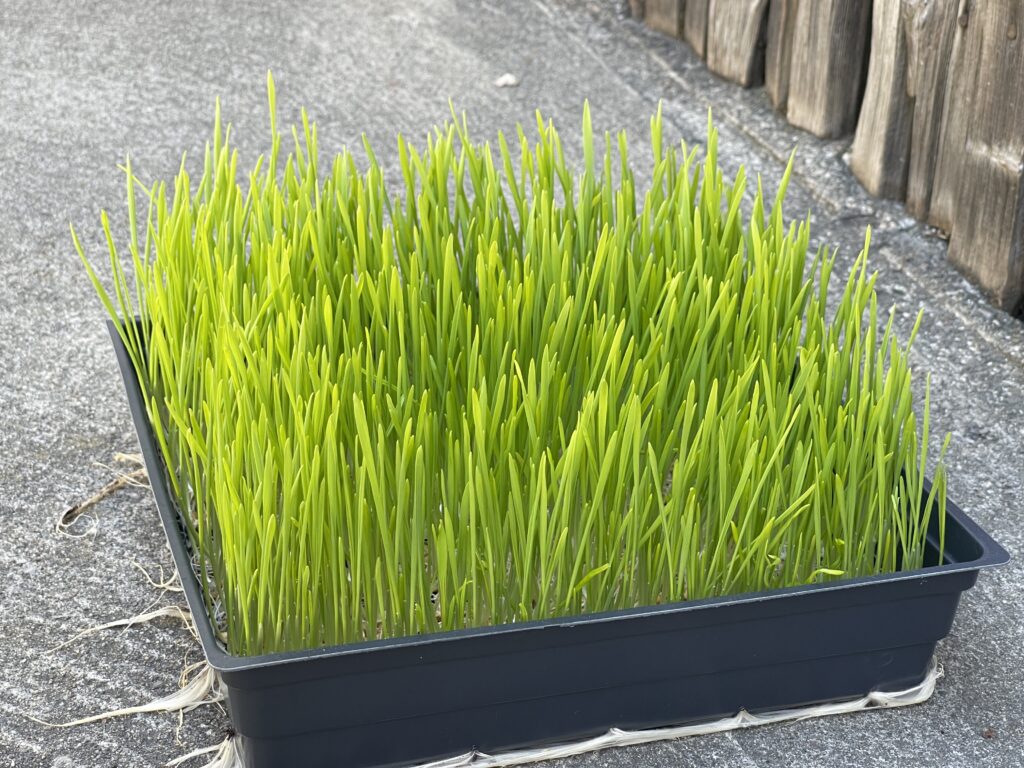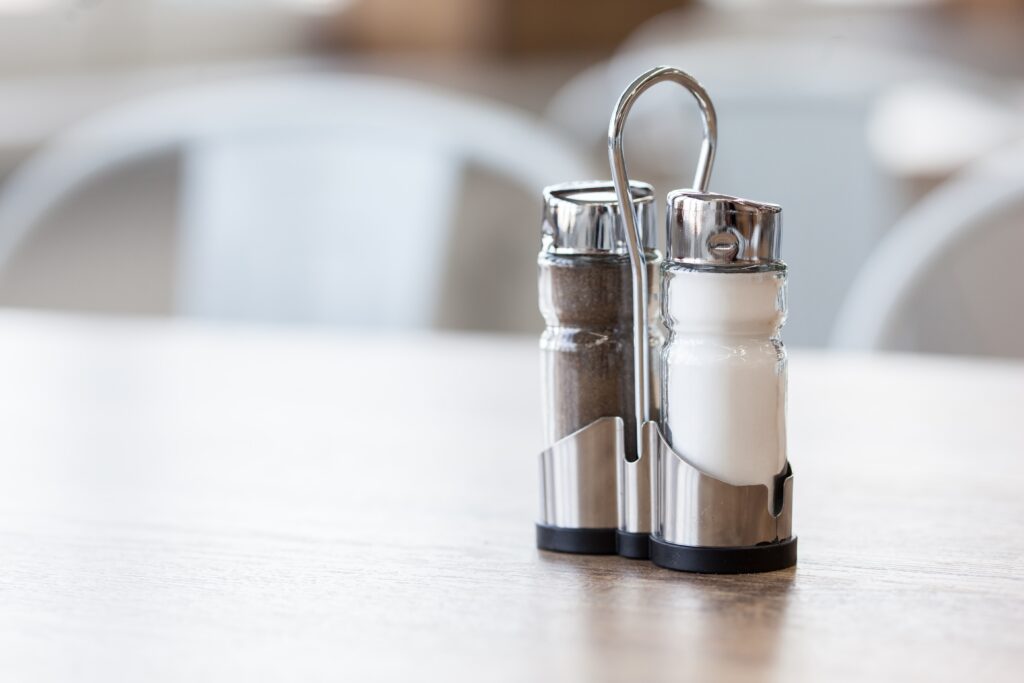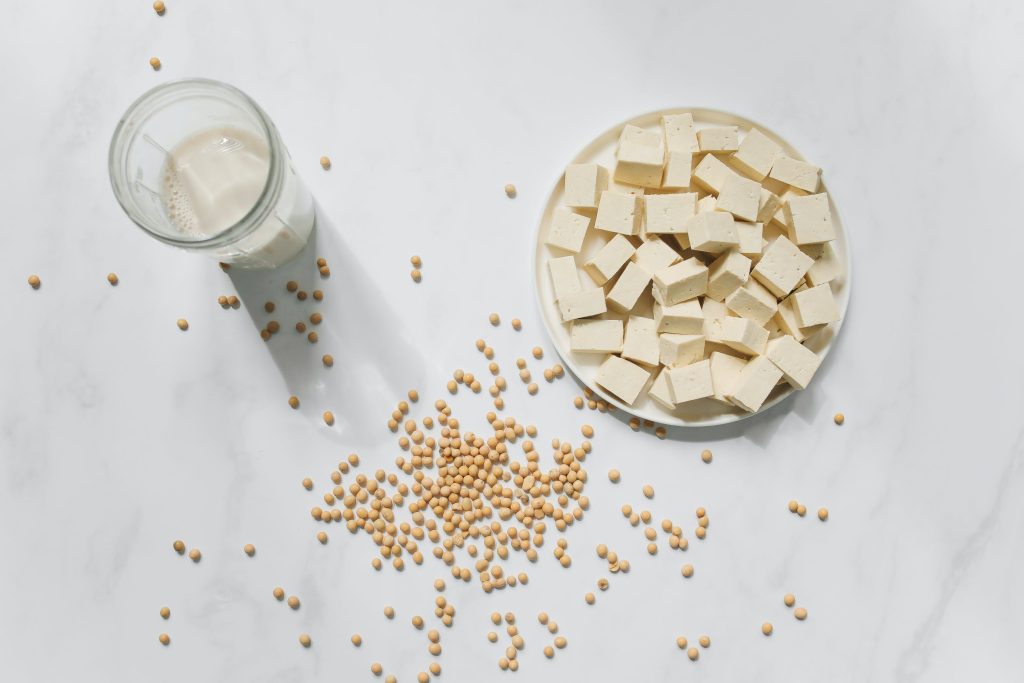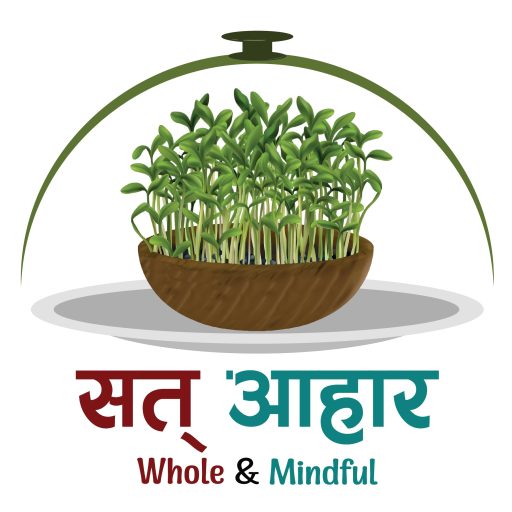When we were children, so many grown-ups including our parents, neighbors, and guests coming to our home used to ask us that timeless question: What do you want to be when you grow up? Being a 90’s kid, I believe most of us said ‘I want to be a doctor. Medicine is one of the many subjects studied in the health care sector. Now, the scenario has changed. Maybe not in their childhood, but during their teenage, most of the youngsters in our opinion are wanting to enter into the sector of nutrition.
Research shows that the nutrition sector is growing so fast these years. Increased interest in the field of nutrition and dietetics is fueled by an increasing focus on preventive care services all around the globe. Well, there are few differences and also similarities between a nutritionist and a dietician, this post will discuss the processes and steps to be a dietician in Nepal. If you want to know what exactly dietician and nutritionist mean, click here. Okay! Enough of background! Let us go to the point!
To become a dietician in Nepal, one must complete a ‘Bachelors’ of science in Nutrition and Dietetics. There is only one entity teaching BSc. nutrition and dietetics in Nepal as of April 2022 (Baisakh 2079): Tribhuvan University (TU) via Central Campus of Technology, Dharan. The B.Sc.ND program consists of eight semesters (four academic years) and 127 credit hours. In the final year of the bachelors, students have to do internships in hospital or medical settings.
Prerequisite (1)
- Degree certificate of +2 Science or I. Tech. in Food/Lab Technology, or equivalent with at least grade ‘C’.
- Students having a 10+2 or equivalent from a foreign board must have studied science and received at least a C in the key subjects English, Mathematics, Physics, and Chemistry.
- A level students must have received at least a D in Mathematics, Physics, and Chemistry to be eligible.
- Pass the entrance examination conducted at Central Campus of Technology, Institute of Science and Technology (IOST), TU.
So, that was for your bachelor’s degree. With this degree, you are qualified as a dietician in Nepal. If you want to go further and obtain a higher degree, there are two different options to this date.
Post Graduate Degree in Nutrition and Dietetics
There are two institutions offering masters degrees in nutrition: College of Applied Food and Dairy Technology (CAFODAT), Purbanchal University and Padmakanya Campus, Tribhuvan University. However, the degree names are different.
CAFODAT offers a 4-semester (2 years) MSc. in Nutrition and Dietetics. The campus is located in Patan. It is a 61- credit degree.
Padmakanya campus offers MA in Home Science, which is also a two year course. They mention that, though a Master of Arts in a science discipline may seem strange, Home Science is both a science and an art form since it takes and synthesizes concepts and theories from the arts and humanities. Many students with their bachelors degree in public health, bachelor’s in science, bachelor’s in dietetics etc. pursue this degree. Usually, if a student does not have a bachelor’s degree in nutrition and dietetics but pursues this master’s degree, they usually call themselves nutritionist but not dietician. The campus is located in Baghbazar, Kathmandu.
Licensing after Degree
In most of the countries, licensing is required for dieticians just like for other health professionals such as medical doctors, nurses, public health practitioners etc. However, in Nepal, there is no licensing system yet. There are few bodies that work in related areas such as Nepal Dietician Association and Nutritionist & Dietitian association of Nepal and they promote nutrition education and conduct training, presentations and related works in the area of nutrition and dietetics. We wish we could provide more details about them but unfortunately they do not have their own websites and their facebook pages do not have much information about the scope of this article.
So, that is all, that is how you can become a dietician in Nepal.
Summary
We are sorry. For this one, you have to read the whole article. 🙂


